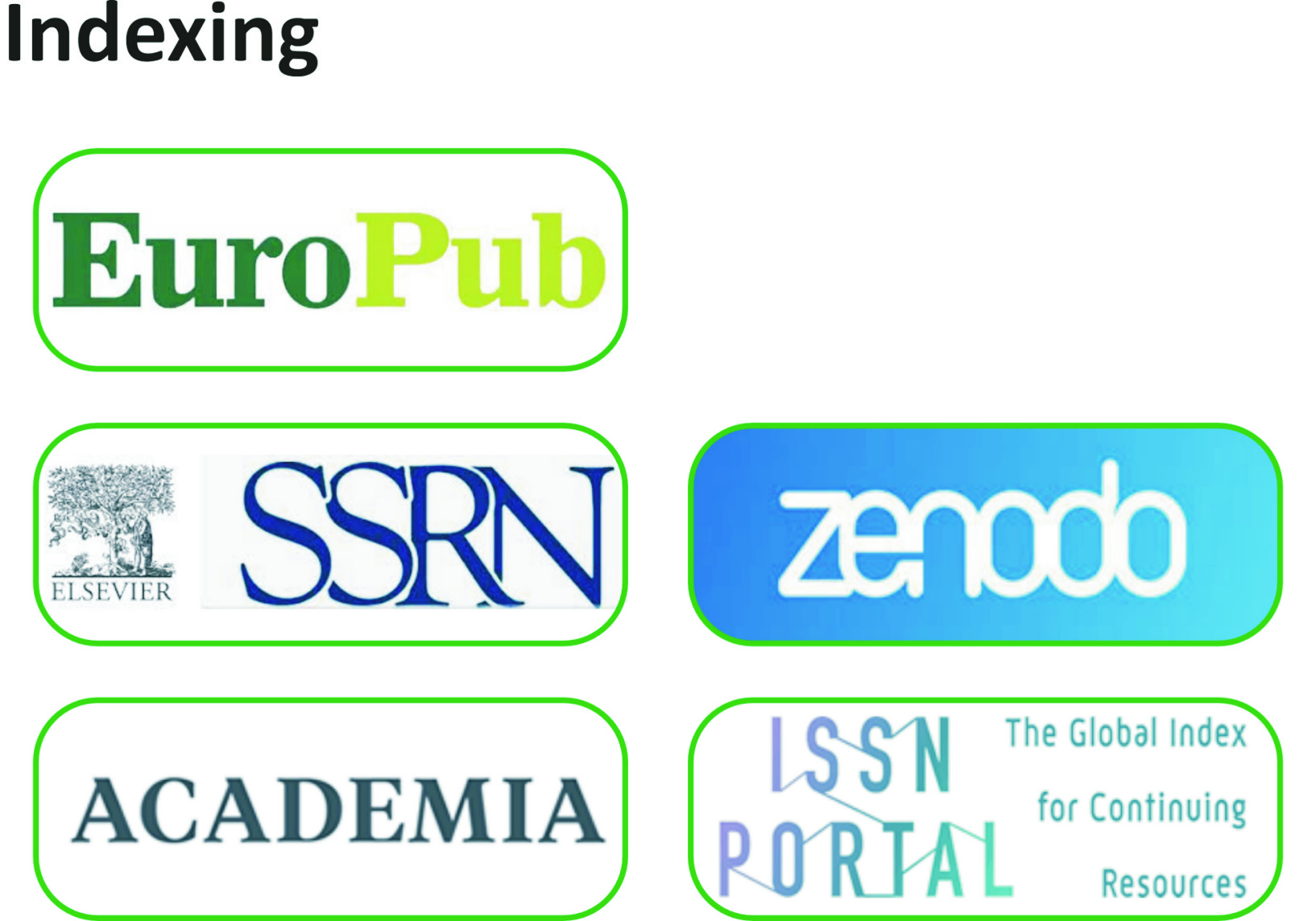Photocatalytic and Photovoltaic properties of 2D Materials
Abstract
The field of two-dimensional (2D) layered materials has made it possible to examine numerous physical phenomena that are interesting from a scientific perspective and relevant to technology applications on a new level. Innovative applications in electronics and energy storage leverage the distinct electrical, optical, and mechanical properties of two-dimensional materials to create indispensable components. theoretical projections based on building on these advancements, these materials, which are atomically thin and have a high surface-to-volume ratio, are attractive for a range of applications, including hydrogen storage, sensing, batteries, and photo-catalysis. Atomically precise computer simulations of 2D materials are crucial for the development of novel materials. This paper mostly uses density functional theory and non-equilibrium Green's function to explore 2D materials. The electrical structure and transport characteristics are investigated for several synthetic and predicted 2D materials with different potential applications in electrodes for rechargeable batteries, gas sensors, and nanoscale electronic devices. Both horizontal and vertical heterostructures have been studied in order to apply lateral and vertical heterostructures in nanoscale devices, such as the twisted bilayer black phosphorus Nano junction, where electronic and transport properties were investigated for a device with diode-like properties, and the graphene/hBN heterostructure Nano gap for a potential DNA sequencing device. We also covered the structural, electrical, and transport properties of the recently discovered borophenes, which are polymorphs of 2D borons. We have looked into the conventional methods of modifying the properties of the material, such as strain in borophene and substitutional doping in black phosphorus, along with the potential applications for gas sensing. A sizable portion of this thesis is devoted to the applications of different 2D materials for energy storage. Rechargeable batteries with high energy and power densities are the goal of energy storage technologies, which are crucial for providing effective ways to transfer and sell the energy generated. The simulation research contributes to knowledge while advancing the attributes. Among the elements that increase the batteries' efficacy.






